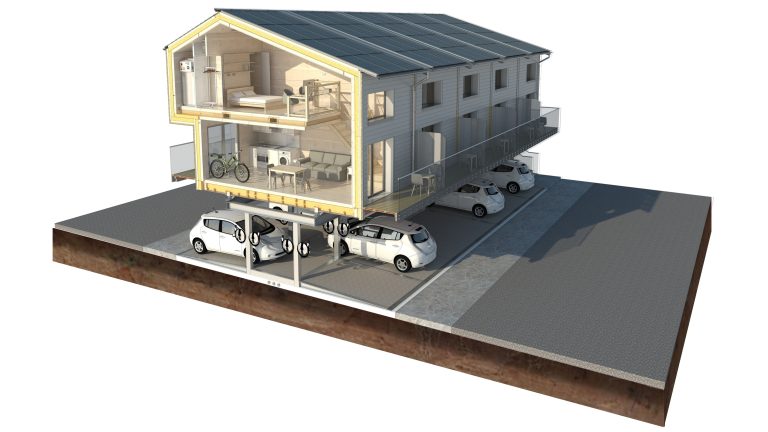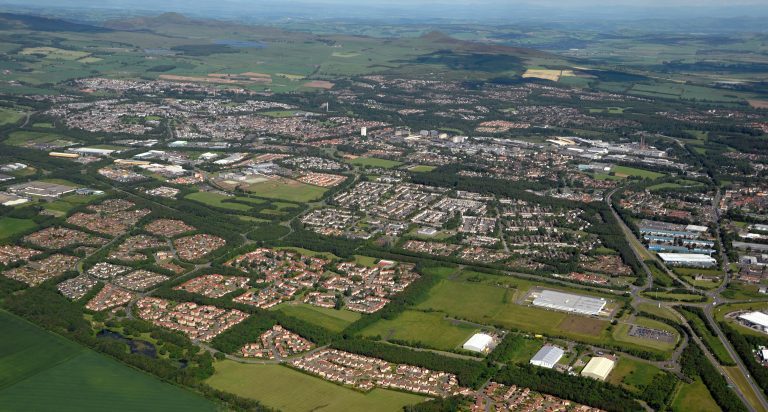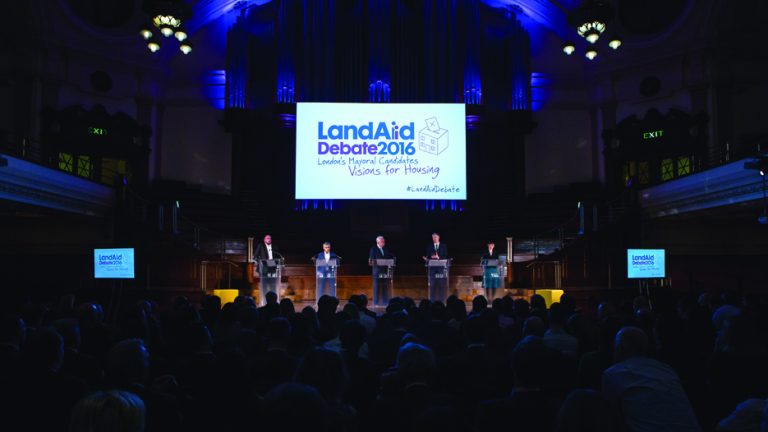Nodding to the increasing importance for expansive, affordable housing assets to solve the modern-day housing crisis, circa £25m has recently been made available through the newly announced Rural Housing Fund. Expected to support the delivery of increased long-term, affordable housing assets in the countryside, the fund looks to provide grant-based financial support for both the construction of new housing and also of developing existing properties into suitable housing. Effectively, the fund can be defined by two different mediums of support. The primary purpose of the fund is to offer direct support through loans and grants as aforementioned, however access will also be provided to an additional feasibility fund of up to £10,000 which will exist to provide property developers with the ability to assess prospective schemes whilst then also developing full, proper applications for the main funding on offer. This, in effect, allows developers at various stages, both those already invested in the area, and those looking to develop into new, “unknown” areas, to have a degree of support and protection for their endeavours. As mentioned, levels of support is also to be made accessible for the redevelopment of existing, empty properties and also the use-conversion of non-residential properties into that of residential housing asset; the properties then to be placed on the market for either rent or sale, provided that it is at an affordable level. As for who will be eligible for the fund itself, it has been confirmed that the support will be accessible to legally constituted bodies, including development trusts, housing trusts, developers and landowners; collaboration is also encouraged between these relevant different parties in a bid to support a robust approach to delivering the much-needed housing assets. Commenting on the importance of the fund in supporting the development of such properties in the countryside, Margaret Burgess, Housing Minister commented that: “We know building affordable housing in rural areas presents different challenges compared to urban areas.” As such, the fun is positions to provided this stream of support to make up the difference in commercial viability between the two different geographic archetypes.








